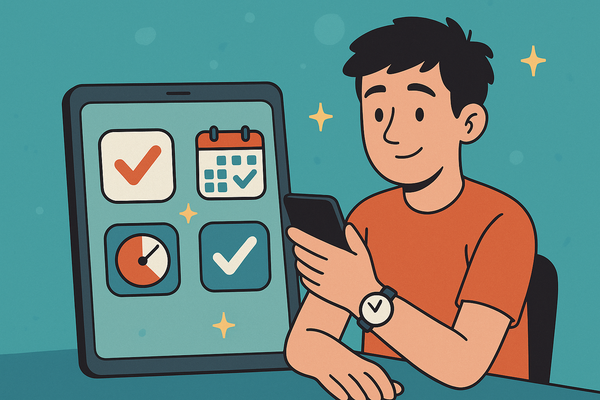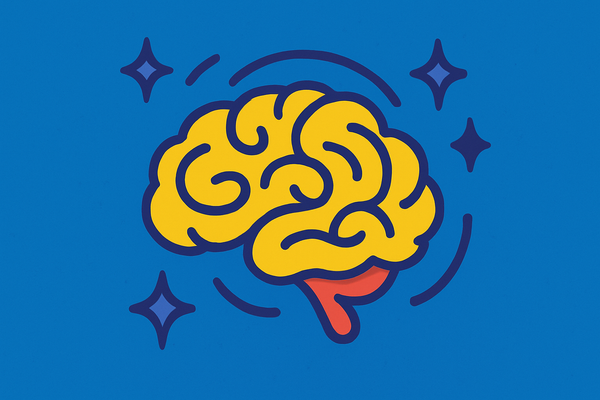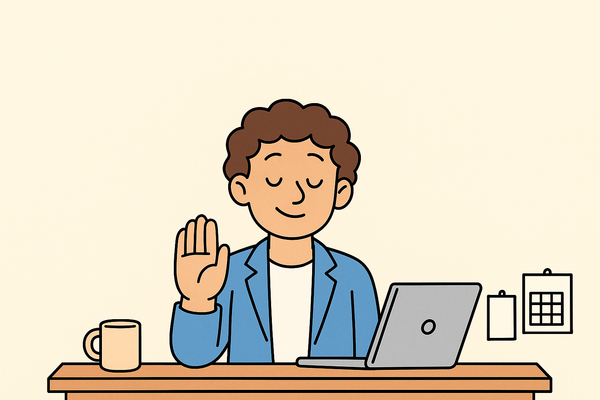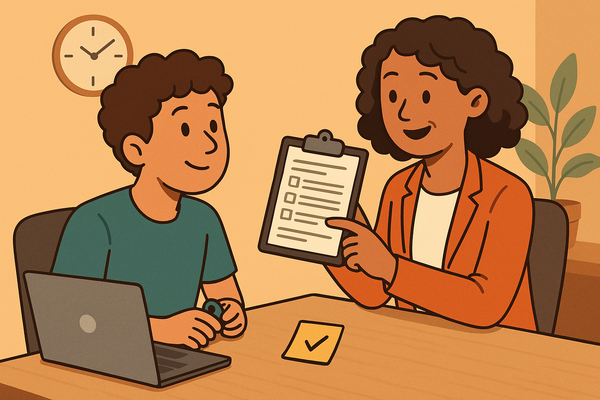Building Executive Function Skills (When You Grew Up Without Them)
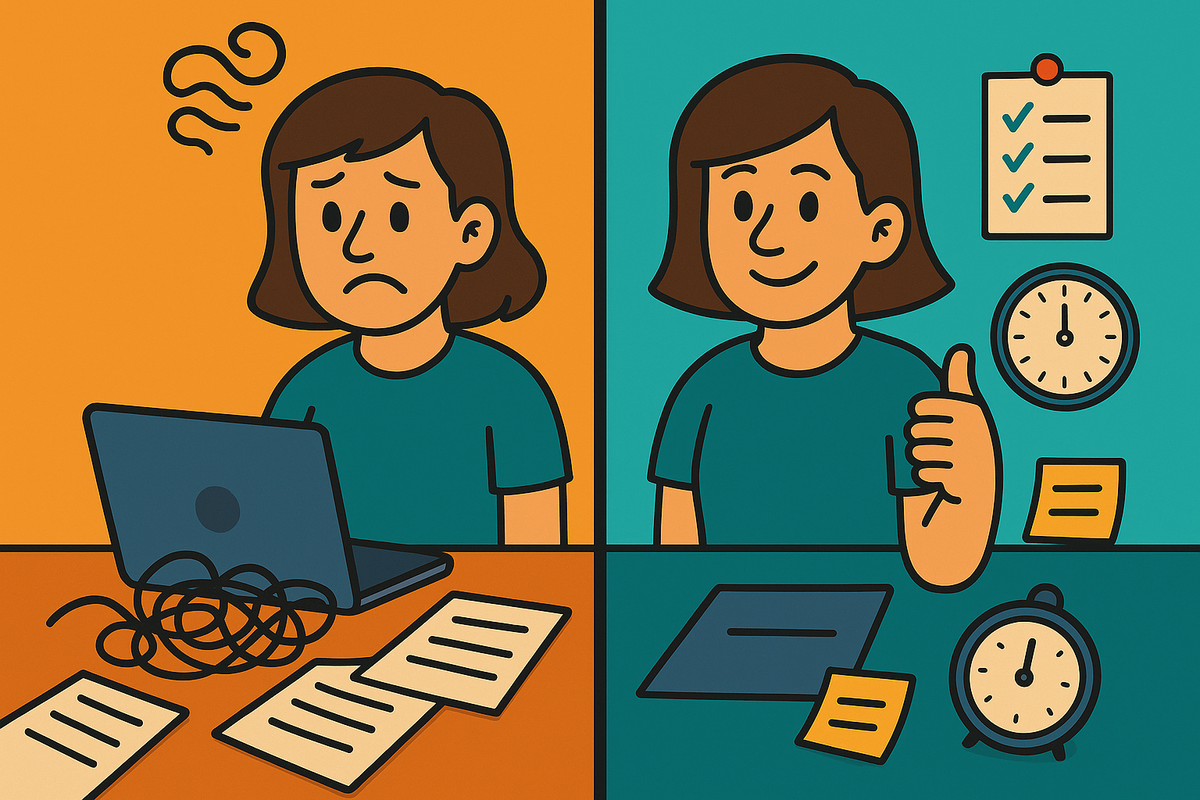
If you have ADHD, chances are you’ve heard the term "executive function" tossed around. It’s often described as the brain’s management system — the set of skills that help you plan, prioritize, remember, and follow through.
For a long time, I thought I was just disorganized. Or lazy. Or bad at being an adult. It wasn’t until I was diagnosed with ADHD in my 40s that I realized my brain simply never developed some of the scaffolding that comes naturally to others. But here’s the good news: executive function isn’t fixed. You can build it — slowly, intentionally, and imperfectly.
This isn’t a list of hacks. It’s a collection of real strategies that helped me strengthen these muscles, one small win at a time.
1. Working Memory: Holding Information in Mind
What I struggled with: I’d walk into a room and forget why. I’d forget what someone just said unless I repeated it out loud. Following multi-step instructions was like trying to juggle wet soap.
What helped: Externalizing. I started narrating steps out loud. I used whiteboards, sticky notes, and reminders. I wrote down what I was doing before I walked away from a task ("Making tea. Water's boiling."). That little scribble helped me come back without restarting.
Concrete example: I keep a mini whiteboard by the kettle that says “Water is ON.” Otherwise, I wander off and forget — and boil the kettle three times.
2. Task Initiation: Getting Started (Without Drama)
What I struggled with: Starting felt impossible. Even with plenty of time. Even with clear steps. It wasn’t about motivation. It was like my brain didn’t know how to shift into gear.
What helped: Lowering the bar. I gave myself permission to start ugly. I began tasks by opening a document or writing the worst possible sentence. I used a 2-minute timer just to get moving.
Concrete example: When writing blog posts, I start with a file named "Garbage Draft." It lets me bypass perfectionism and just begin.
3. Planning and Prioritizing: Choosing What Matters
What I struggled with: I’d either try to do everything at once or focus on the wrong thing. Urgent pushed out important. My to-do list was 42 items long every day.
What helped: Limiting my daily priorities. I started using a "Top 3" rule: three tasks that mattered most that day. I also began breaking down big goals into chunks that fit into 25-minute work blocks.
Concrete example: My planner has a section labeled “Today’s Top 3” and a separate one for “Bonus if I get to it.” Anything outside those boxes gets saved for another day.
Like what you’re reading? Get weekly ADHD news, tools, and creative strategies delivered straight to your inbox.
4. Impulse Control: Stopping the Spiral
What I struggled with: I’d pick up my phone to check the weather and 30 minutes later I was reading about medieval bread recipes. I’d say "yes" before thinking. I’d derail tasks with random ideas.
What helped: Pause cues. I started using physical interruptions (like a sticky note on my phone) to remind me to check in with myself before reacting. I also practiced writing things down instead of acting on them.
Concrete example: I keep a “Later List” notepad at my desk. If I have an idea mid-task ("Oh, I should reorganize my bookshelf"), I write it down instead of doing it. Then I go back to what I was doing.
5. Emotional Regulation: Staying Grounded
What I struggled with: Small things felt big. A comment could ruin my day. I'd get stuck in shame spirals or catastrophizing. My emotions could hijack my whole system.
What helped: Naming what I was feeling. Taking breaks before reacting. Using body-based tools like walking, shaking out tension, or breathing slowly. I also reframed mistakes as learning moments.
Concrete example: I set a rule for myself: "No important decisions or replies until I’ve moved my body for five minutes." It helps interrupt spirals and return to center.
Final Thoughts: Progress, Not Perfection
Executive function isn’t about becoming a robot who never forgets anything or always finishes projects early. For me, it’s been about building scaffolding around the parts of my brain that need extra support.
Some days, I still flounder. I still leave the oven on or miss a calendar alert. But more often than not, I catch myself. I restart. I recover faster.
If you’re building these skills as an adult, you’re not behind. You’re just working with different materials. And that’s okay.
Start where you are. Build what you can. And remember — every sticky note, every "good enough" system, every gentle pause counts.

